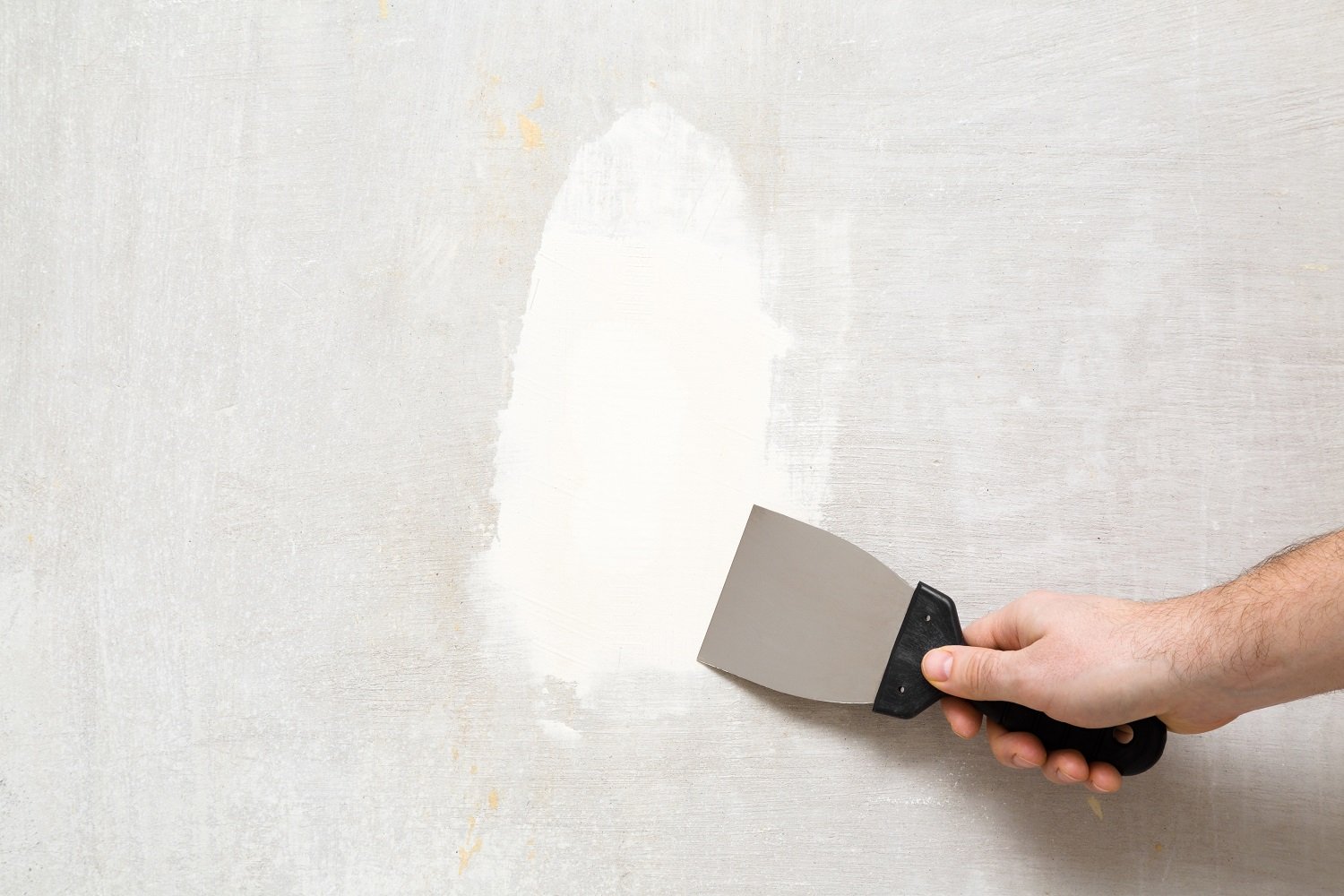
If you need to get rid of bugs and pests making your home unsafe, it's time to decide if fumigation is necessary. Learn more about average fumigation costs.
Tiny holes, honey stains, and painful stings are signs it's time to take action


With over 20,000 known species of bees, math alone tells us it’s possible (if not likely) that some of these critters could wind up living in your home.
Bees offer amazing benefits to their natural environments but can do quite a number on your living spaces. Knowing the types of damage honey bees, carpenter bees, and wasps are prone to causing, as well as the signs to look for (besides the loud buzz-buzz noise on your porch), can help you resolve the issue.
The term “busy bee” certainly applies to honey bees, who, as a colony, produce 60 to 100 pounds of honey per year. Sociable creatures as they are, a healthy hive typically contains between 20,000 and 50,000 honey bees. Unfortunately, the sheer weight of the bees, hive, and honey they produce could be a problem.
Honey bees often use cavities such as walls or home insulation to build their nests. A deep hive can weigh about 80 pounds, which could wear down the inside of your wall or damage your insulation.
The bigger issue, though, is if those bees decide to move homes and abandon the nest they built. Abandoned waxy comb and melted honey put additional pressure on wallboard, siding, and insulation. Proactive honey bee removal early on can help prevent this from happening—and can be done in a way that protects these critters from harm.
A bee removal specialist costs between $75 and $2,000 on average but could save you from further infestation later.
A wax or honey stain on an exterior wall is no doubt unsightly, but stains left behind by bees could actually prompt a more serious threat. Wax and honey stains attract other insects, which could lead to additional problems. Bees, flies, moths, and ants, just to name a few, are some of the critters that have a sweet tooth.
If you’re noticing when it’s too late—meaning your home already has stains on it—a local siding contractor can help fix the issue.

Carpenter bees are another subspecies you have to look out for, although they operate pretty differently from honey bees. Unlike honey bees, carpenter bees don’t live in large colonies; they build standalone nests in small columns. And contrary to what their name might suggest, carpenter bees don’t eat wood.
They do, however, drill holes into wood to build those tiny columns. These bee “apartments” become quite helpful for carpenter bees in the colder months, as many overwinter in these little nests. Fertilized female carpenter bees even leave their eggs in small columns like this.
The major sign of infestation you should look for is small holes in wood. Sealing them with epoxy, cork, or putty after undergoing bee removal can help prevent other carpenter bees from finding them in the future. In larger numbers, carpenter bees can also leave unsightly fecal stains on the outside of your home.
Last but certainly not least are wasps, which commonly build their nests on tree branches, in bushes, or on your home’s overhang. Due to their potentially aggressive nature and painful stings, wasps give bees a bad name. You should call a pro as soon as possible after you notice the problem.
A wasp colony can make it hard to entertain friends, feel comfortable using certain entrances in your home, or even feel safe when you’re inside. Open windows or doors can easily result in wasps getting in your home, which is never fun.
Call a local wasp bee removal specialist right away to get the problem addressed.
From average costs to expert advice, get all the answers you need to get your job done.

If you need to get rid of bugs and pests making your home unsafe, it's time to decide if fumigation is necessary. Learn more about average fumigation costs.

How much does bee removal cost? Learn what you’ll pay based on factors like hive location, size of the infestation, extermination or removal, and more.

Termite damage repair costs can vary greatly based on the damage severity and location. Learn more about the associated costs of this project with our guide.

Many popular cockroach treatments are harmful or annoying for pets. We’ve collected the alternatives that get rid of roaches without the same dangers.

Wasps are a pain to share space with, but you have options for removal. While it’s best to call a pro, here’s how to get rid of wasp nests the DIY way.

Discover effective strategies for how to get rid of squirrels in the attic. Learn humane solutions for saying goodbye to these unwanted guests.